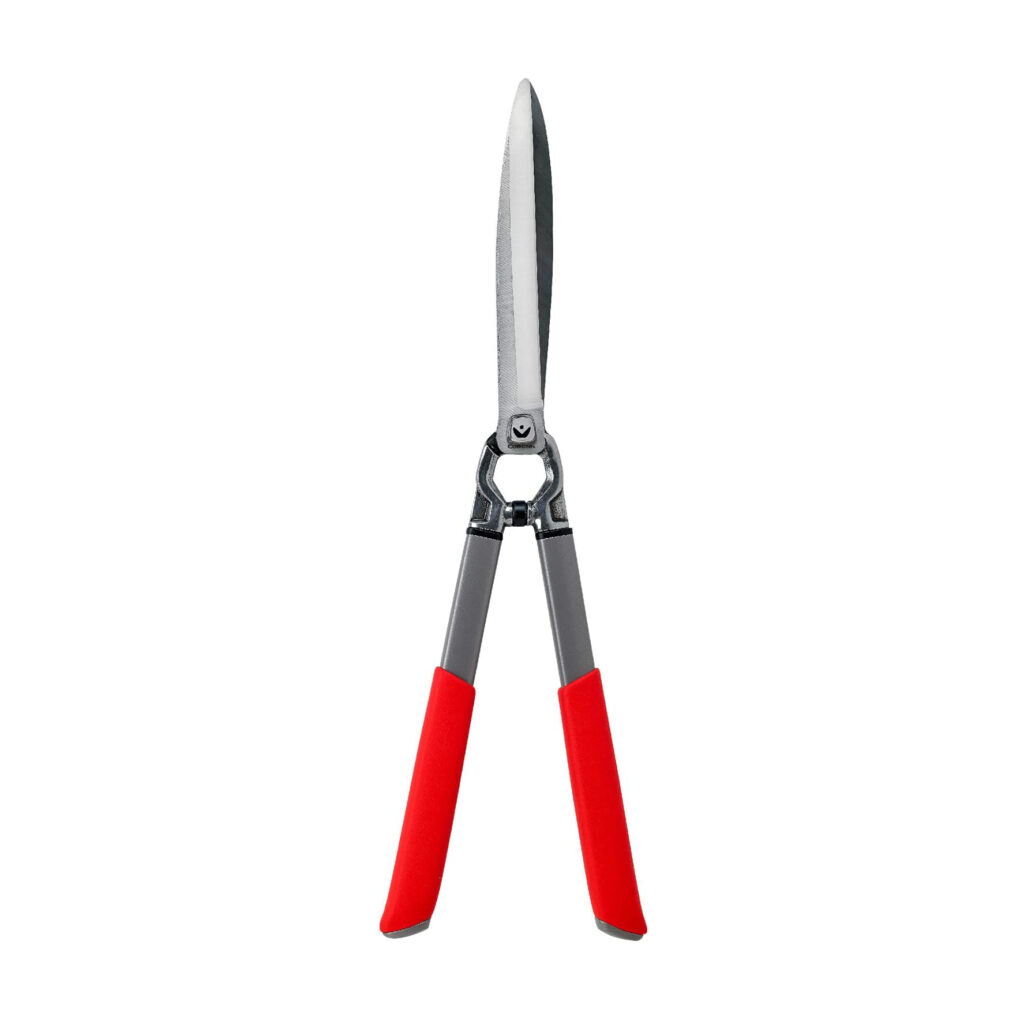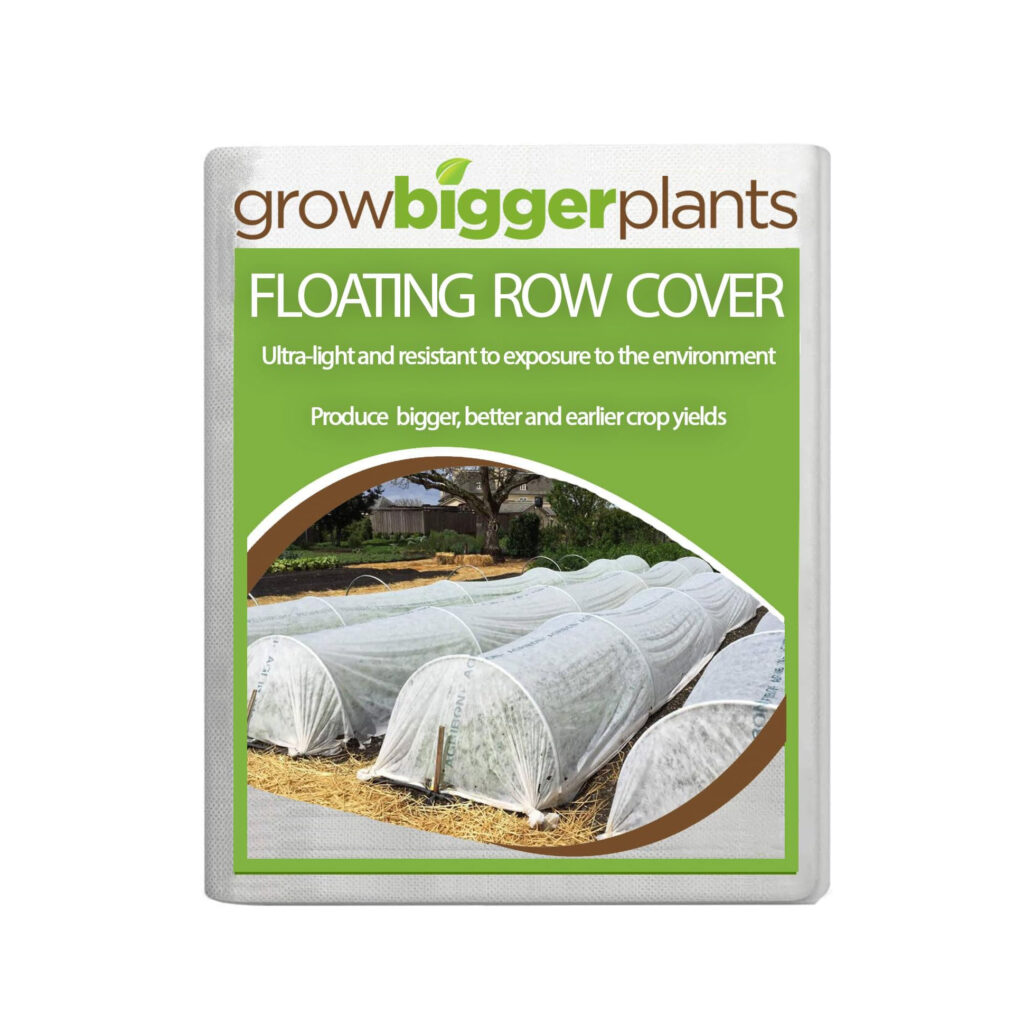
Your End of Summer Garden Bootcamp: 7 Things to Do Right Now
Tackle these expert tips for getting your plots and pots back into shape for the season ahead.

Caitlin Atkinson for Farmscape
The summer growing season can sometimes feel like a long game. With so much planning leading up to a feverish cycle of growth and harvesting, there’s still a whole lot to clean up once it’s all over. As we start slowing down for the cooler seasons ahead, there’s still some work to be done! In fact, this is prime time to whip your garden back into working shape while allowing it to recover for the next round of growth. This week we’re talking with Dan Allen, Master Gardener and CEO/Founder of Farmscape, the largest urban farming company in California, who is dedicated to creating lush, organic gardens while reconnecting people to fresh food right from their own backyard. Here he shares his ultimate checklist for getting your garden back into gear. With a clear plan and simple tasks outlined, we promise it’s not overwhelming. Here’s to giving gratitude for every growing season!

Caitlin Atkinson for Farmscape
1. Turning Over Your Vegetable Garden
With September’s warmer temperatures, it’s a great time to harvest your final summer crops like tomatoes, peppers, eggplant, pumpkins, and winter squash as they ripen. Once harvested, start removing your summer plantings to prepare for fall. As you pull these plants, check the roots for root knot nematodes—common garden pests that leave distinctive galls on tomato, squash, and cucumber roots. This information will help with future plantings. After removing crops, amend your beds with compost and lightly turn the soil to incorporate it before planting your fall crop. If you’re direct-seeding winter crops like carrots, turnips, and other root vegetables, don’t delay! Warmer temps will boost germination, even if it’s still too hot to transplant heat-sensitive crops like head lettuce.

Gina Sabatella Photography for Farmscape
2. Seeding and Mulching
Root crops aren’t the only seeds that can be sown in fall. It’s also a perfect time to scatter wildflower seeds before the first winter rains. These seeds can be direct-sown before mulching (not too deep!) and either watered in or sprinkled just before rain is expected. Consider a variety of selections for a successive bloom and remember that less is more when applying seeds, especially for self-seeding flowers like California poppies. My favorite wildflower seed vendor in Southern California is the Theodore Payne Foundation.

Gina Sabatella Photography for Farmscape
3. Fall Clean-up and Planting
Late summer is the ideal time to evaluate your perennials to determine what needs pruning, coppicing, or removal. Pruning can be spread over a few months, and many fruit trees, such as apples, peaches, plums, nectarines, apricots, and pomegranates, respond best to dormant-season pruning. Consider pruning trees like apricots early, as they’re prone to fungal issues and benefit from being pruned before cool and wet weather arrives with the winter months.

Courtesy of Amazon
Flowering shrubs also benefit from deadheading and cutting back now to prevent them from becoming too large and woody. Pay special attention to shrubs near pathways or high-traffic areas. Lastly, assess available space for new plantings—October is a great month for many plants to establish, with warm conditions for initial growth followed by cooler, wetter weather.

Courtesy of Amazon

Courtesy of Amazon
4. Test and Adjust Irrigation
This step is particularly important if you’re working with drip irrigation. If it’s been a while, run your lines to check for leaks while assessing soil moisture (at least 3-6 inches deep) throughout your garden. As temps cool and the rains start, it’s important to either adjust your irrigation manually or rely on the seasonal adjustments of a smart controller. Particularly in irrigated landscapes that have slow-draining soil such as clay, we see more plants struggling as a result of too much water as opposed to insufficient water. Signs of overwatering can be seen in citrus leaves with paler color, fruits with watered down flavor, or general signs of plant stress during cooler months where you wouldn’t expect to see it.

Gina Sabatella Photography for Farmscape
5. Log Your Summer Observations
While it’s fresh in your mind, document any notable garden observations from the summer. Did you find nematodes when turning your vegetable beds? Notice leaf curl on your peaches? Identify plants that struggled in your microclimate and should be avoided in future years? These notes can guide care, such as dormant spray with an organic fungicide, and inform next year’s plant choices for your vegetable garden.

Courtesy of Amazon
6. Fill Containers with Cool Season Greens
If you’re gardening in pots, most annuals will be spent after summer’s peak heat, so now is a good time to plant cool-season selections. Cilantro is a favorite for temperate regions—while it tends to bolt in summer, it thrives when temps are in the 50s and 60s. For a steady supply of winter greens, consider kale as a cut-and-come-again selection to provide a robust harvest on a rolling basis even in a small space.

Gina Sabatella Photography for Farmscape
7. Stock up on Row Covers
Row covers can be useful in a couple of ways as you transition into fall and winter gardening. Early in the season, they can help elevate soil temperatures and encourage germination. Later, in frost-prone areas, they create a localized greenhouse effect, protecting tender crops like lettuce from frost damage.

Courtesy of Amazon
We only recommend things we love. If you buy something through our site, we might earn a commission.
